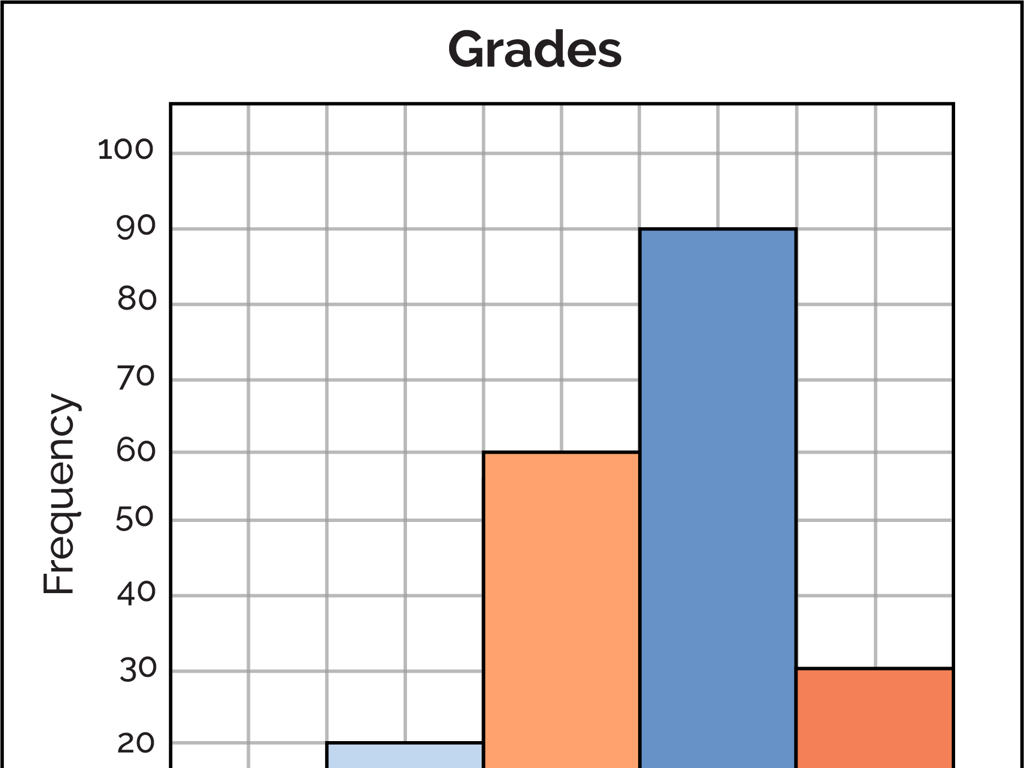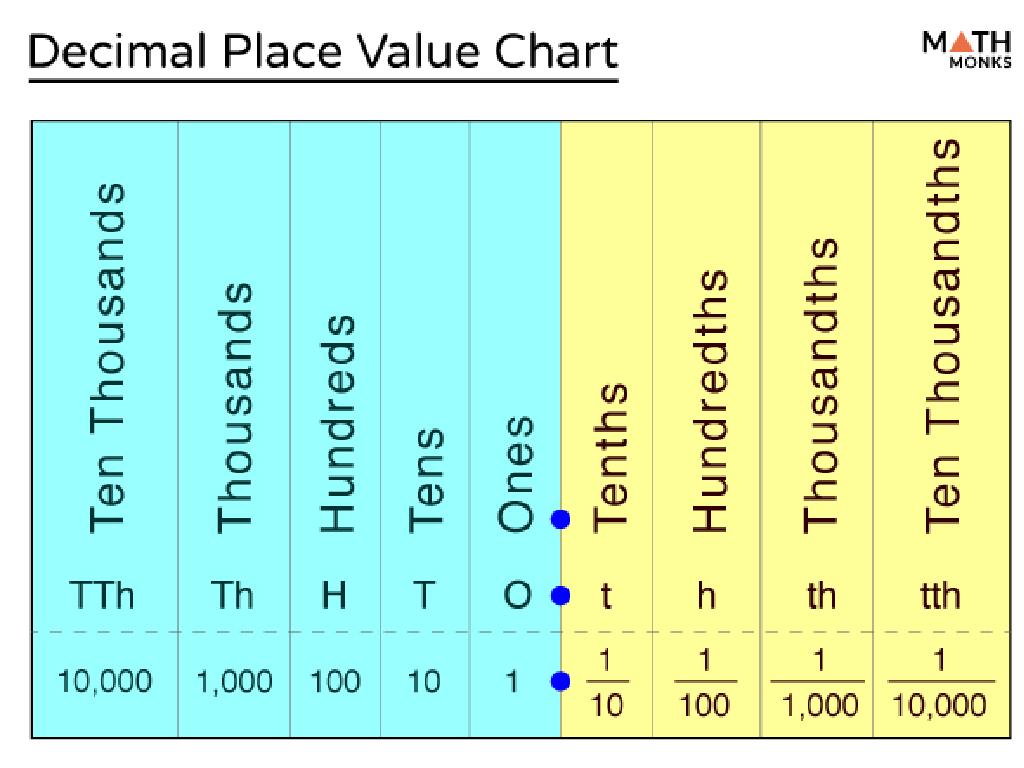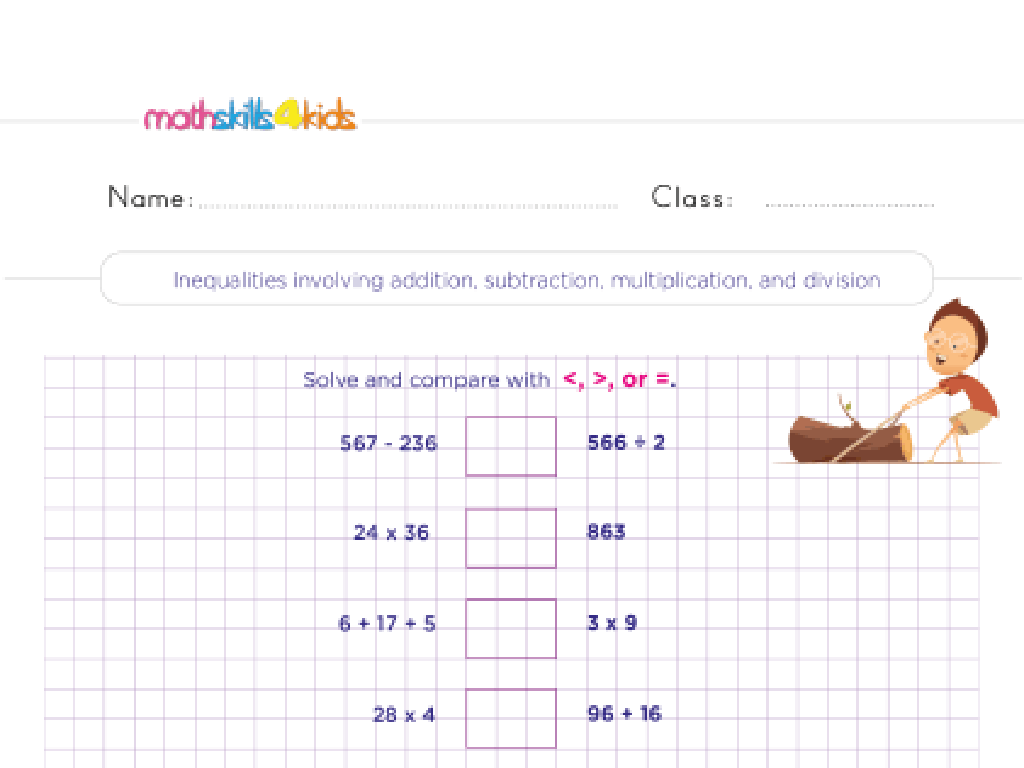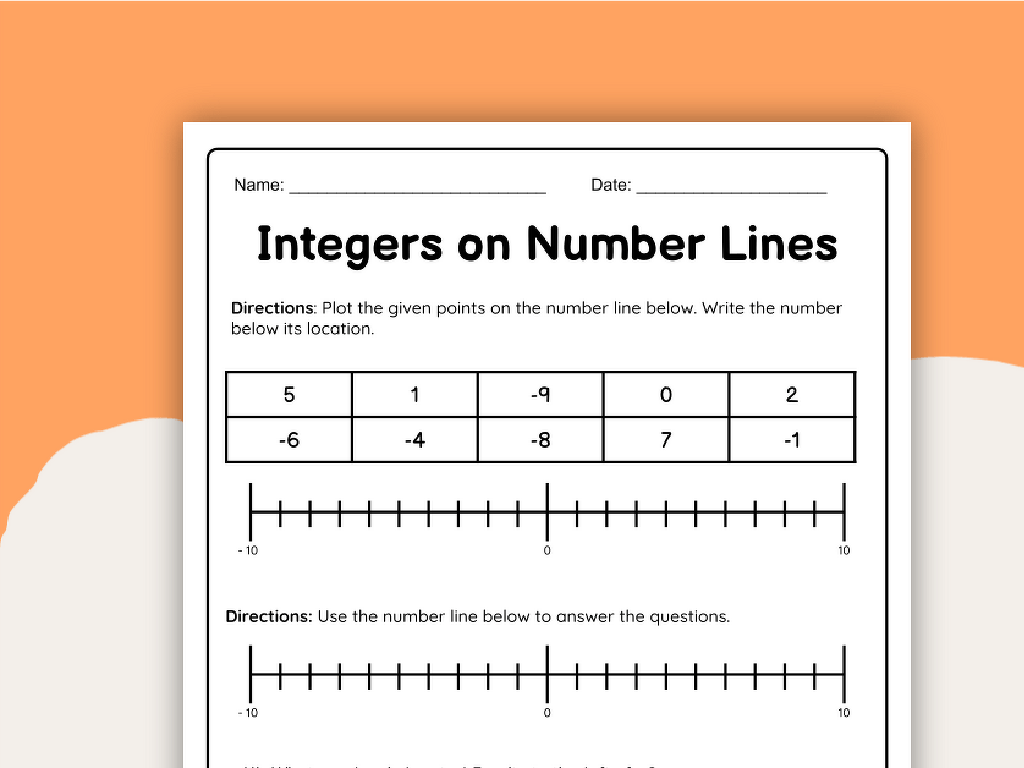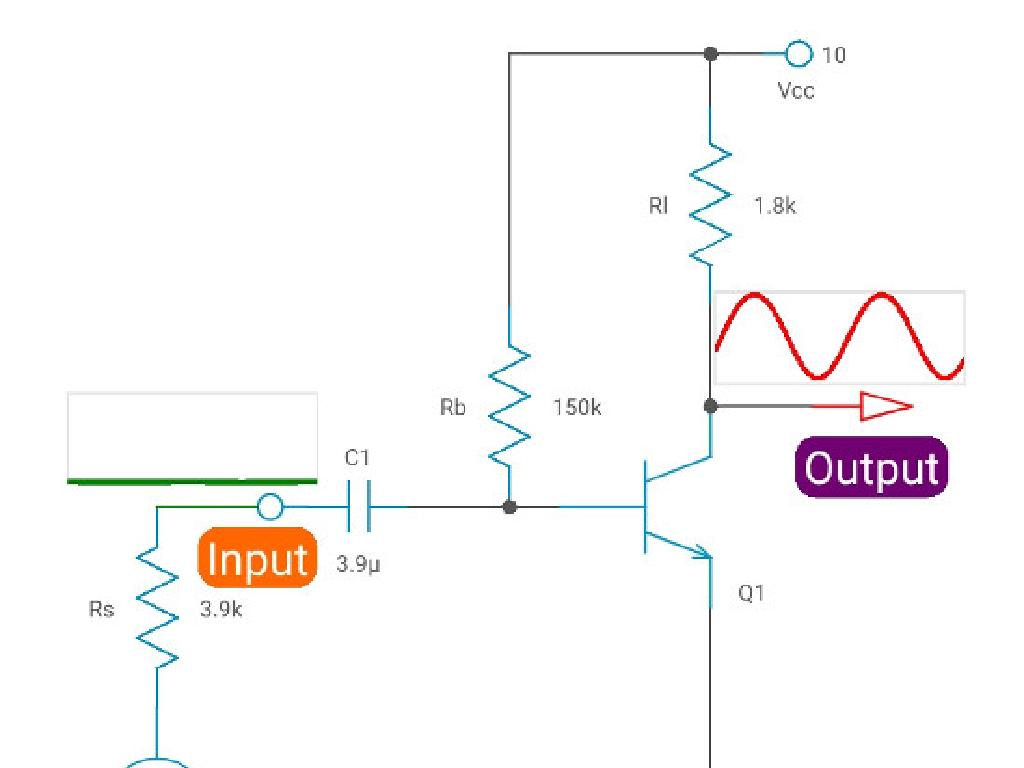Find Evidence Of Changes To Earth'S Surface
Subject: Science
Grade: Third grade
Topic: Earth Events
Please LOG IN to download the presentation. Access is available to registered users only.
View More Content
Exploring Earth’s Changing Surface
– Earth’s surface is always changing
– Mountains and valleys take thousands of years to form
– Changes can be slow or fast
– Earthquakes and volcanoes can change the land quickly
– Different events shape our planet
– Erosion, weathering, and natural disasters are examples
– We’ll learn how to spot these changes
– Look for new landforms or changes in old ones
|
This slide introduces the concept that Earth’s surface is not static but is constantly changing due to various natural events. Emphasize that some changes occur over long periods, like the formation of mountains, while others can happen in a matter of minutes, such as changes from earthquakes. Discuss different types of events that can lead to these changes, including erosion, weathering, and natural disasters like floods and landslides. Encourage students to think about and share any changes they’ve observed in their own environments, such as a new sandbank at the beach or a new hill from a landslide. This will help them connect the concept to the real world and understand the dynamic nature of our planet.
Exploring Earth’s Dynamic Surface
– Earth’s surface: our home layer
– It’s the top layer where we live, play, and build our homes.
– Composed of soil, rocks, and more
– Soil is for plants; rocks can be big or small.
– Mountains and oceans are part of it
– High mountains to deep oceans, it’s all Earth’s surface.
– Surface changes over time
– Earth’s surface isn’t the same forever; it can move and change.
|
This slide introduces students to the concept of Earth’s surface, emphasizing its composition and the fact that it is subject to change. Start by explaining that the surface is the outermost layer where all life as we know it exists. Discuss the various elements that make up the surface, such as soil, which is important for growing plants, and rocks, which can be found everywhere from tiny pebbles to huge boulders. Highlight that the surface includes the highest mountains and the deepest ocean trenches. Finally, lead into the idea that Earth’s surface can change, setting the stage for discussing natural events like earthquakes, volcanoes, and erosion that reshape our planet. Encourage students to think of examples of how the surface changes, such as landslides or beach erosion.
Types of Earth Events That Change Our Planet
– Volcanic Eruptions: Magma’s grand entrance
– When a volcano erupts, it spews out magma, which is molten rock from beneath Earth’s surface.
– Earthquakes: Earth’s shaky surprise
– Caused by the movement of tectonic plates beneath the Earth, making the ground tremble.
– Landslides: The great ground slide
– Happens when lots of rock and soil suddenly fall down a slope, like a mountain or hill.
|
This slide introduces students to different types of events that can change the Earth’s surface. Volcanic eruptions are powerful and can create new landforms. Earthquakes are sudden and can cause cracks in the Earth’s crust. Landslides show how gravity can pull rocks and soil down slopes, changing the landscape. Use this opportunity to discuss the natural forces behind each event and how they can reshape our environment. Encourage students to think of questions about each type of event for further exploration in class.
Observing Earth’s Changing Surface
– Landscapes change over time
– Like a river carving a canyon
– New landforms can emerge
– Mountains rising, islands forming
– Old landforms may change
– Erosion altering or destroying features
– Evidence of Earth’s dynamics
– These changes show our planet is active
|
This slide aims to help third-grade students understand that Earth’s surface is constantly changing. Begin by explaining that landscapes don’t always look the same; they change naturally over time. Show examples of new landforms, such as mountains that have risen due to tectonic activity or islands formed from volcanic eruptions. Discuss how old landforms can be worn down or reshaped by processes like erosion or natural disasters. Use pictures or videos to illustrate these changes. Encourage students to think of examples they may have seen in their own experiences, like changes at a beach or construction sites that reshape the land.
Observing Changes to Earth’s Surface
– Scientists measure Earth changes
– They use tools to record how Earth’s surface shifts over time.
– Tools: maps, satellites, GPS
– Maps show past landscapes, satellites and GPS track current changes.
– Pictures & visits show changes
– Before and after photos or field trips can reveal changes.
– Why observations are important
|
This slide introduces students to the methods scientists use to observe and measure changes to Earth’s surface. Emphasize the importance of using different tools and techniques to gather accurate data. Explain how maps can show historical changes, while satellites and GPS provide real-time monitoring. Encourage students to think about how they can observe changes in their own environment, such as by comparing old and new photos of a place or by noticing differences in a landscape over time. Discuss why it’s important to track these changes, such as understanding natural disasters, the impact of human activities, and planning for future events.
Exploring Our Local Landscape
– Observe local landforms
– Hills, valleys, rivers around us
– Notice any changes over time
– Erosion, new paths, or plant growth
– Discuss possible causes
– Weather, human activities, or natural events
– Reflect on nature’s impact
|
This slide aims to engage students in observing their immediate environment to identify different landforms such as hills, valleys, and rivers. Encourage them to think about any changes they might have seen, like a new path due to erosion or increased plant growth. Discuss with them how these changes could have occurred, whether through natural processes like weathering, human activities such as construction, or natural events like floods. This will help them understand the dynamic nature of Earth’s surface. For the next class, students could bring photos or drawings of the local landforms and discuss their observations and thoughts on the changes they have noticed.
Class Activity: Change Detectives
– Become a change detective
– Examine landscape pictures
– Look for differences in before and after photos
– Identify changes in the landscapes
– Find signs of erosion, plant growth, or construction
– Discuss causes of changes
– Consider weather, natural disasters, or human activity
|
In this interactive class activity, students will work in groups to analyze pictures of different landscapes. Provide a variety of images showing landscapes at different times or seasons, highlighting changes such as erosion, new plant growth, or construction. Encourage students to observe closely and discuss as a team what might have caused the changes they see. Possible causes could include weather events, natural disasters like earthquakes or floods, and human activities such as building roads or cutting down trees. This activity will help students understand the dynamic nature of Earth’s surface and the various factors that contribute to its change over time. Prepare to facilitate the discussion by asking guiding questions and ensuring each group has a chance to share their observations with the class.
Exploring Earth’s Changing Surface
– Earth’s surface is dynamic
– Earth is shaped by events like earthquakes and volcanoes.
– Observing evidence of change
– Look for patterns like cracked soil or new plant growth.
– Understanding helps protection
– Knowing about changes can guide us in taking care of Earth.
– Earth’s changes are natural
|
This slide concludes our lesson on Earth’s ever-changing surface. Emphasize to students that our planet is shaped by various natural events, such as earthquakes, volcanoes, and erosion. Encourage them to be observant of the world around them to find evidence of these changes, such as patterns in the landscape or differences in plant life. Understanding these changes is crucial for developing ways to protect our environment. Discuss with students how this knowledge can influence our actions towards Earth’s conservation and safety measures in the face of natural disasters.
Exploring Earth’s Changes
– Work in small groups
– Examine pictures for changes
– Look for differences in the landscape, such as erosion or new plant growth
– Discuss and note causes
– Think about weather, disasters, or human activities that might cause changes
– Present findings to class
|
This activity is designed to engage students in group work to explore and understand the dynamic nature of Earth’s surface. Provide a variety of pictures showing different landscapes before and after certain events, such as volcanic eruptions, earthquakes, floods, or human constructions. Guide the students to observe carefully and discuss within their groups what changes they notice and what could have caused them. Encourage them to consider natural events as well as human impacts. After the discussion, each group will share their observations and hypotheses with the class, fostering a collaborative learning environment. As a teacher, facilitate the discussion by asking probing questions and providing additional information when necessary.

